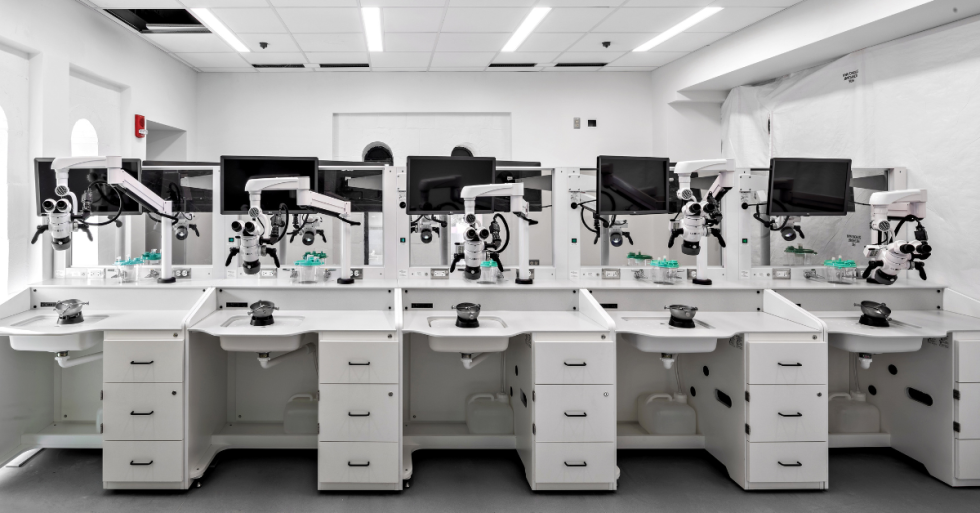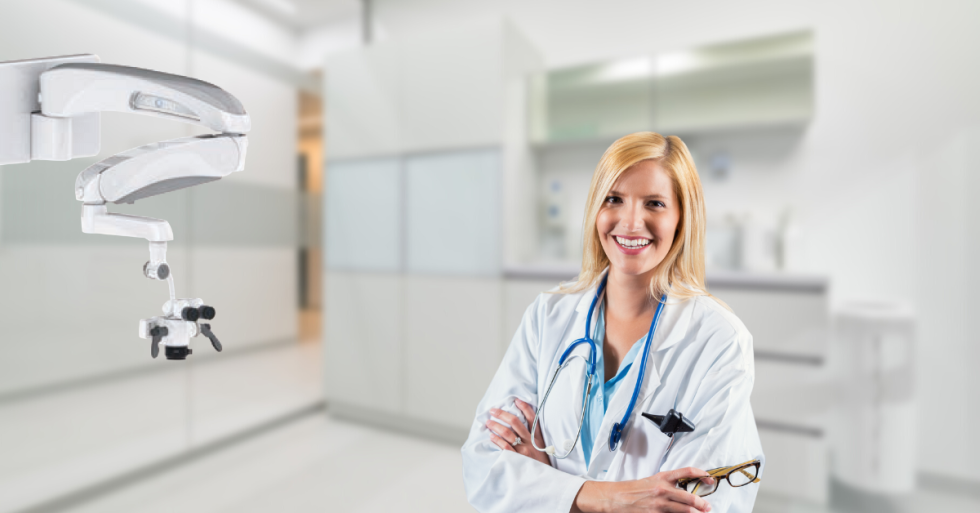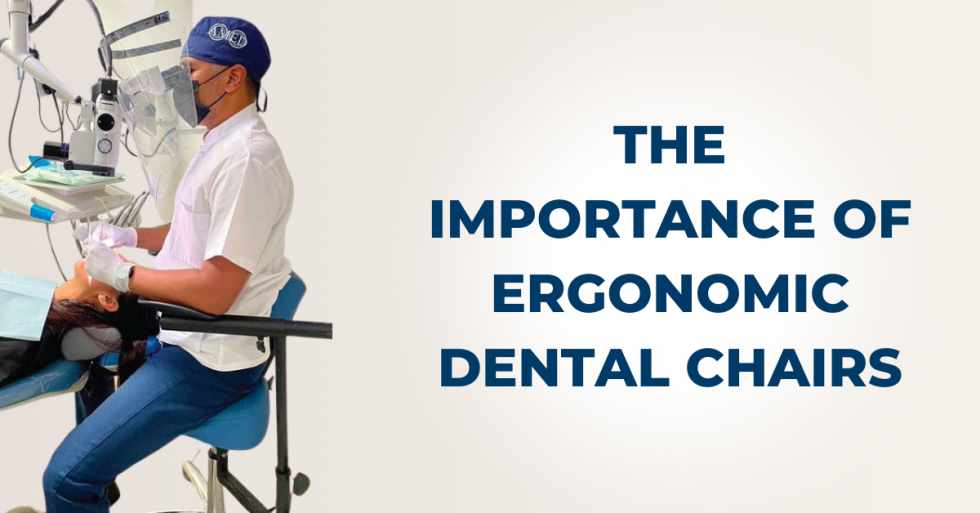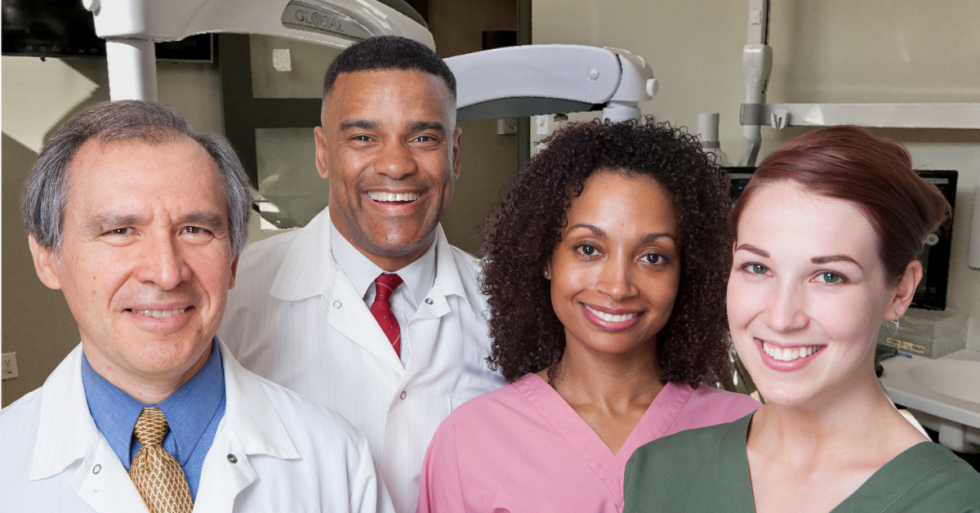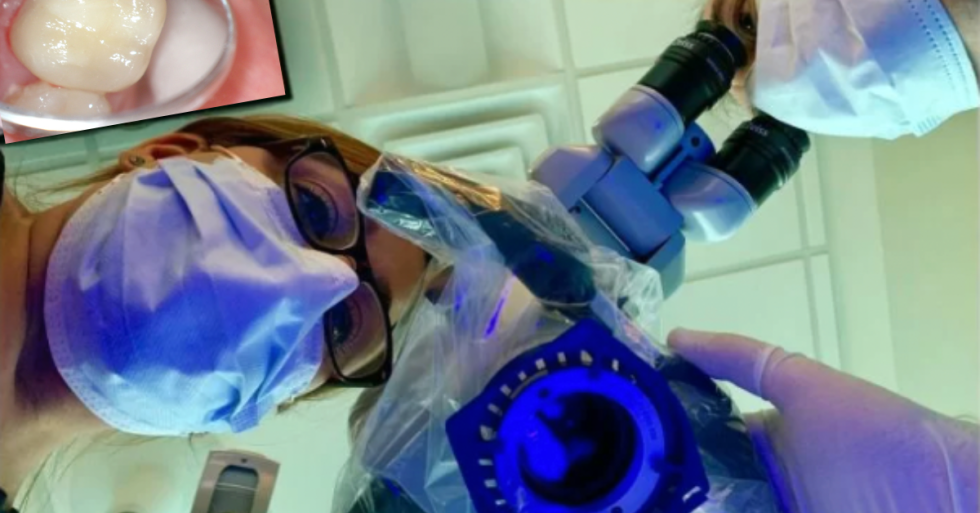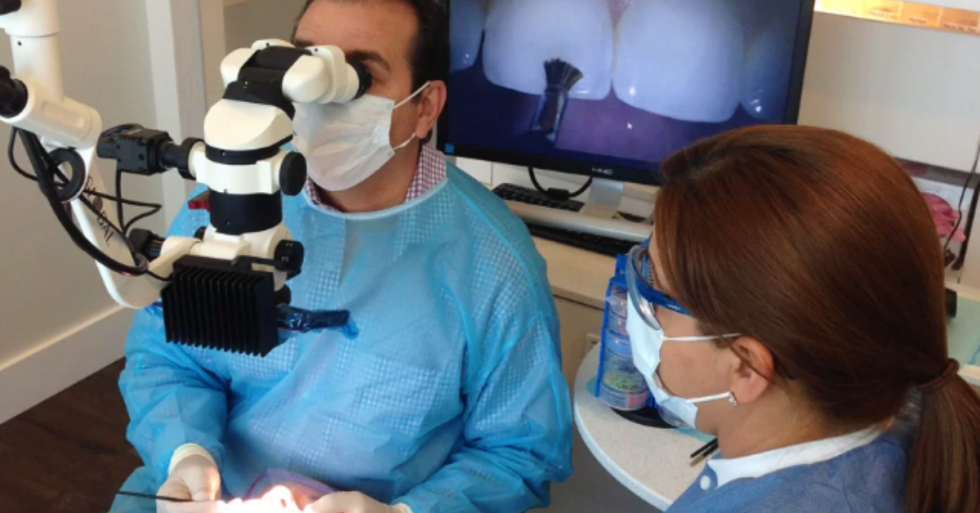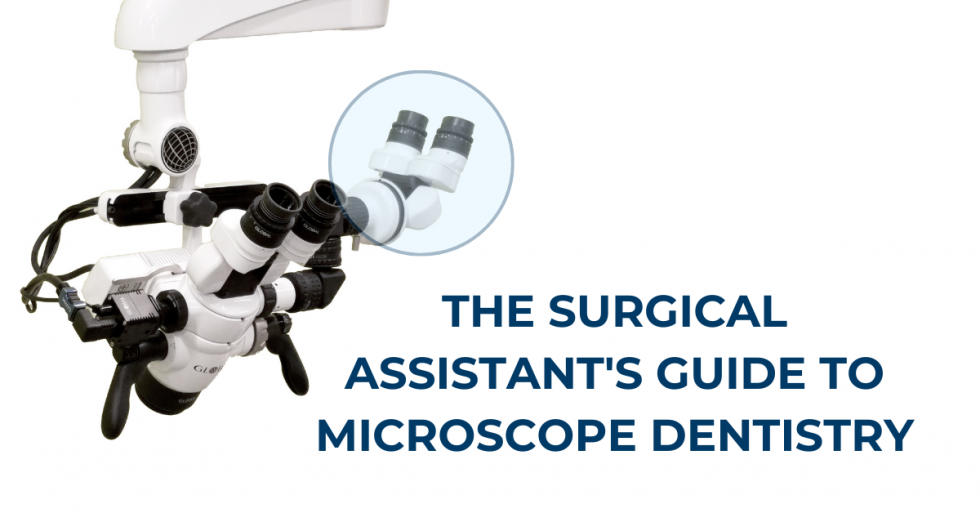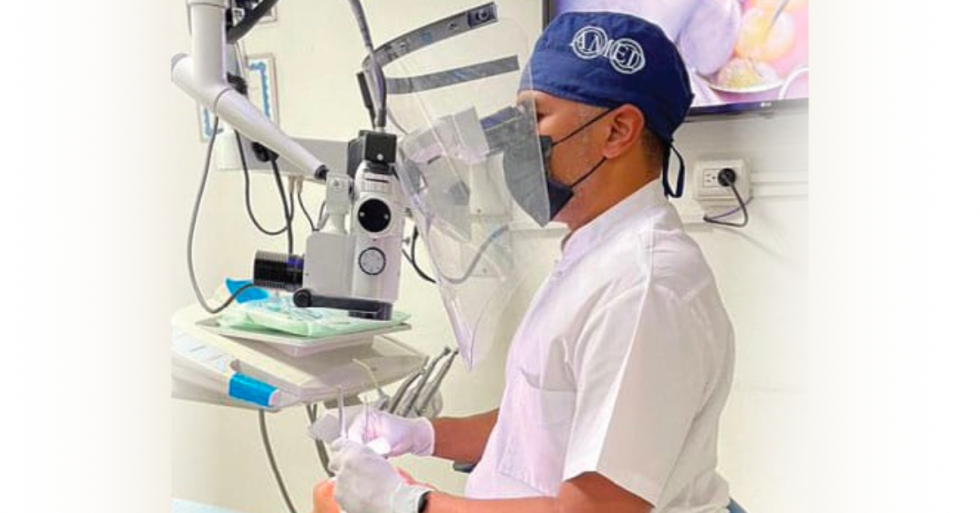How Much Will a Dental Microscope Cost in 2024?
How do you know when is the right time to buy dental equipment? You’re ready to maximize its value, but you want to find the right equipment that fits the needs and skills of you and your staff, while also getting a favorable price. Very few doctors want a good buying opportunity to slip by and pay more for the same equipment.




